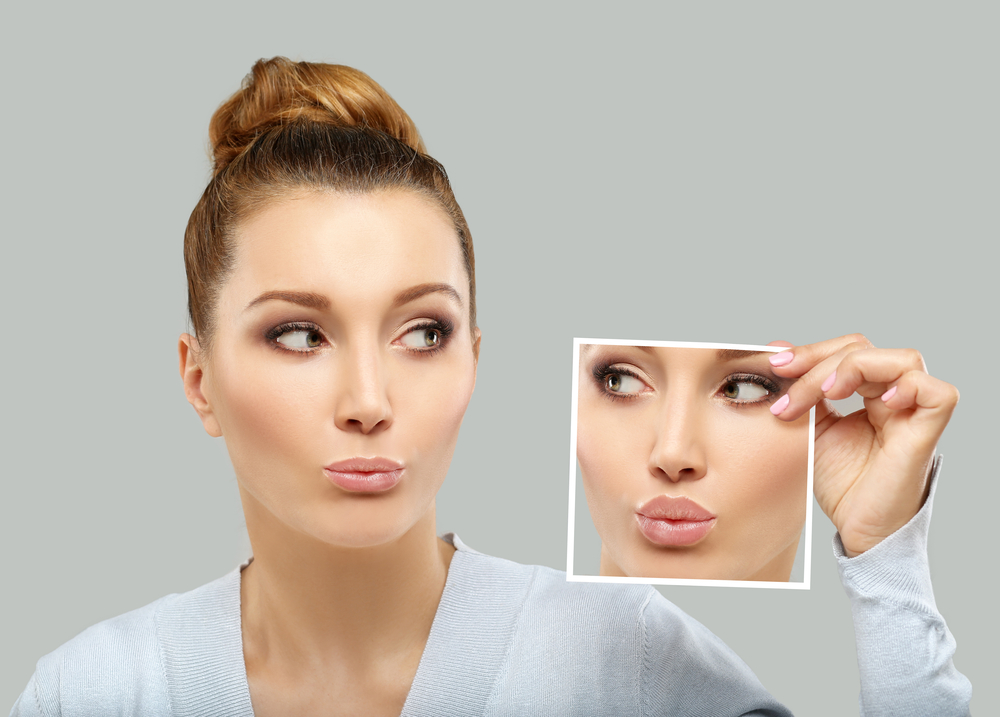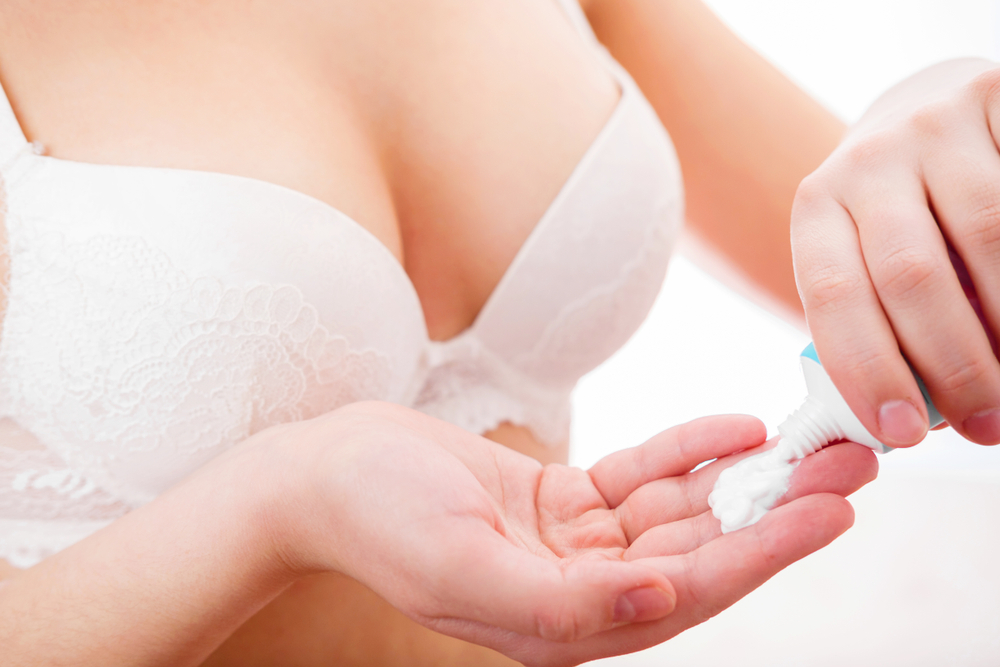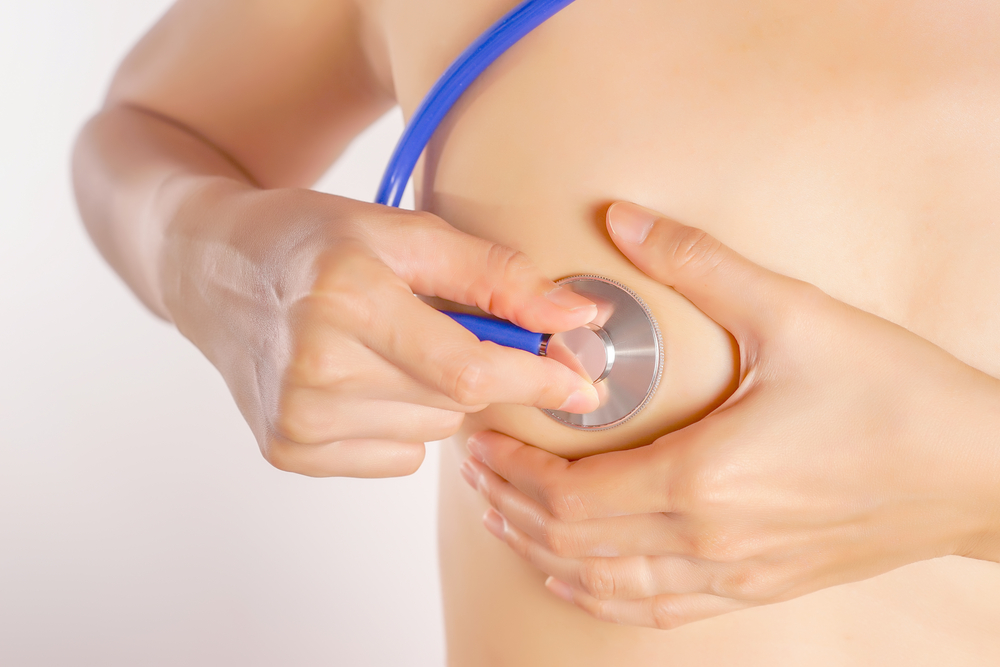Plastic surgeons are reporting an increase in demand for lip reduction surgery. Is the plump, pouty look popularized by social media stars on its way out?
When opening a beauty magazine in the early 2000’s, you couldn’t turn a page without seeing a celebrity that had lip injections. From Lindsay Lohan to Britney Spears, bigger lips were Hollywood’s hot ticket item, and they still are for many.
A decade later however, it seems that the trend is moving in the opposite direction. Lip reduction surgery is nothing new, but 2017 has seen a skyrocketing in interest over the procedure that People Magazine has called “the latest plastic surgery craze.” Plump up or slim down, is the tide turning in favor of this new trend?
So, What is Lip Reduction Surgery?
Lip reduction, sometimes referred to as cheiloplasty, is a surgical process during which the lip’s size is reduced through the partial removal and adjustment of the lip. “I begin with a consult, where the needs and goals of the patient are discussed,” says Dr. Yael Halaas, a plastic and reconstructive surgeon based in New York City who performs lip reduction, among other procedures. “The patient is then marked where the incisions lines will be made,” says Halaas.
After the local anesthetic takes hold, an incision is made along the border of the lip where the inner portion meets the outer. This is known as the ‘wet-dry line,’ and incisions are made here to mask the permanent scaring caused by the procedure.
“Small sections of tissue or previously placed implants are removed from inside the lip,” says Halaas. To help reduce bleeding, an instrument used for electrosurgical hemostasis, called a ‘Bovie,’ is sometimes used. The incision line near or inside the mouth is closed with absorbable sutures while healing.
The procedure is done under local anesthesia on either the top, bottom or both lips. The entire process takes between 15 minutes and two hours depending on the specifics of the procedure and the professional performing it. In extreme cases, it may be necessary to undertake the procedure twice if the desired reduction is more drastic than average.
While healing, the lips will swell and have a higher than average redness to them for the first few days. After 1 to 2 months, the lips will generally be healed for most people.
However, some people experience prolonged swelling. Experts recommend a variety of treatments that range from home remedies to more drastic options when dealing with swelling. “Some patient may have more prolonged swelling that extends for 4 to 6 weeks. Steroids and ice may help with this,” says Dr. Vartan Mardirossian, a plastic surgeon based in northern Palm Beach, Florida who focuses on facial feminization. On rare occasions, full results may take longer as swelling subsides, but by 12 months the results are final.
It is also important to note that many professionals recommend a diet of soft foods, like yogurt, for at least 3 days following the procedure. Contact sports should be avoided for a number of weeks following lip reduction as well.
Though most will be satisfied with the procedure’s outcome, it is possible to adjust the results after recovery. Experts typically recommend conservative reductions as it is much easier to undergo reduction again than it is to enlarge the lips. If the lips are too small, the can be adjusted by a professional using silicone microdroplets.
Some professionals may recommend a chin implant to bolster the effects of a lower lip reduction as a more recessed chin can make lips appear larger. Mardirossian suggests that some patience might be interested in further mouth surgery. “Corner of the mouth lift of so-called ‘Smile lift’ is a procedure that lifts the corners of the mouth to reverse the constantly ‘frowning’ face,” says Mardirossian.
Who is Getting Lip Reduction Surgery?
The recent surge in lip reductions is driven largely by a spike in interest from the Asian market, but the procedure has recently been gaining appeal internationally. In the United States, lip reduction numbers have spiked over the past few years.
According to the American Society of Plastic Surgeons (ASPS), ASPS surgeons performed over 3,500 lip reductions in 2016. This is an increase of 283 percent from the roughly 900 lip reductions they performed in 2015. To add some perspective to this drastic increase, the second biggest increase was for labiaplasty which experienced only a 39 per cent jump between 2015 to 2016. By the statistics of Instagram, #lipreduction has been posted over 5000 times to the social media site.
People who undergo the procedure tend to be younger, in their 20’s or 30’s. Some experts see the rise of lip reduction as a pushback from a decade of overfilled lips. “There are also cases where an individual has had lip augmentation surgery with unattractive results and their lips appear disproportionate to the rest of their facial features,” says Halaas.
“Patients with the so-called ‘ethnic lips’ would often undergo this type of procedure,” says Mardirossian. He sees this applied in reverse as well. “I perform many lip lifts and lip augmentation procedures in my Caucasian patients,” says Mardirossian. Experts often state that they see disproportionately more African American and Hispanic patients request lip reduction. “I guess everyone wants to have what they otherwise don’t,” said Mardirossian.
“There are different reasons why individuals would want to get a lip reduction,” says Halaas. While for some, lip surgery is meant to enhance their natural features, others receive the procedure as a corrective measure. Drastically oversized lips can cause problems with eating, drinking and speaking. “Unfortunately, some individuals have had trauma to their lips that was surgically repaired as the result of an accident and burn victims can develop uneven healing of the lips,”says Halaas, “Some individuals are born with lip deformities that require a lip reduction.”
Cost, Alternatives, and Other Considerations
Lip reduction surgery is the only permanent solution to overly large lips that is currently available. That being said, Halaas offers a simple and affordable alternative procedure: the passage of time. “Lips tend to get thinner by themselves with age in case you want to wait,” says Halaas.
Though the procedure is considered to be permanent, there is one caveat to this claim that some might like to know. Women who are pregnant, or plan on becoming pregnant will see the results of the procedure diminish. “Pregnancy may result in plumper lips,” says Mardirossian, “however that effect is reversible postpartum, and after the end of breastfeeding.”
In the United States, if the procedure is not deemed medically necessary, the average lip reduction costs between $900 and $2,000 depending on the exact region and clinic. These prices vary widely with some procedures costing upwards of $7,000 in New York City. This is generally more expensive than lip injections which cost between $500 and $2,000 per temporary injection.
Halaas points out what she believes to be a crucial element in the success of a lip reduction procedure. “When lip reduction surgery is performed, it is important to include in the determining factors ethnicity and gender as much as the patient’s desired outcome,”says Halaas. “Also, share with your doctor whether you have had lip injections and with what filler. Some fillers can be dissolved but others like silicone must be surgically removed and can impact your healing.”









